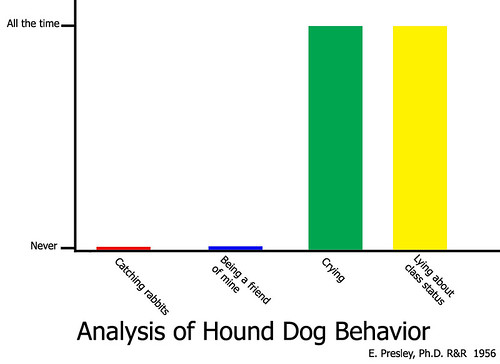Metricon 5 Wrapup
Posted August 13th, 2010 by rybolovMetricon 5 was this week, it was a blast you should have been there.
One of the things the program committee worked on was more of a practitioner focus. I think the whole event was a good mix between theory and application and the overall blend was really, really good. Talking to the speakers before the event was much awesome as I could give them feedback on their talk proposal and then see how that conversation led to an awe-inspiring presentation.
I brought a couple security manager folks I know along with me and their opinion was that the event was way awesome. If you’re one of my blog readers and didn’t hunt me down and say hi, then whatcha waitin’ for, drop me an email and we’ll chat.
You can go check out the slides and papers at the Security Metrics site.
My slides are below. I’m not sure if I was maybe a bit too far “out there” (I do that from time to time) but what I’m really looking for is a scorecard so that we can consciously build regulation and compliance frameworks instead of the way we’ve been doing it. This would help tremendously with public policy, industry self-regulation, and anybody who is trying to build their own framework.
Similar Posts:
Posted in Public Policy, Speaking |  1 Comment »
1 Comment »
Tags: catalogofcontrols • certification • compliance • government • infosec • infosharing • law • legislation • management • publicpolicy • security • speaking
 Posts RSS
Posts RSS


